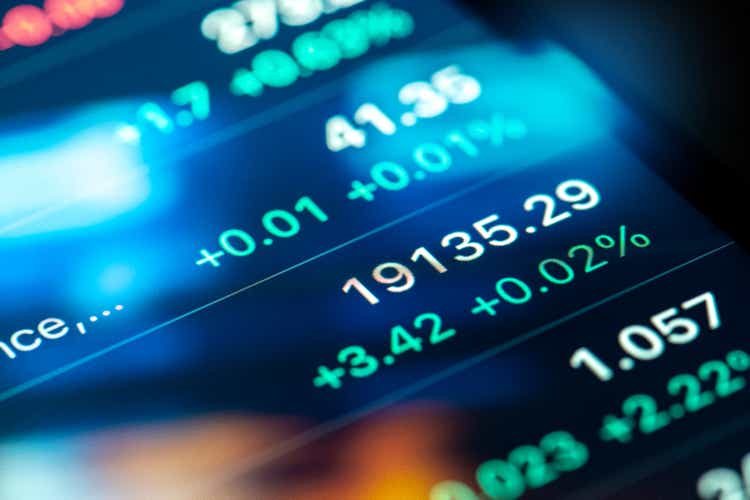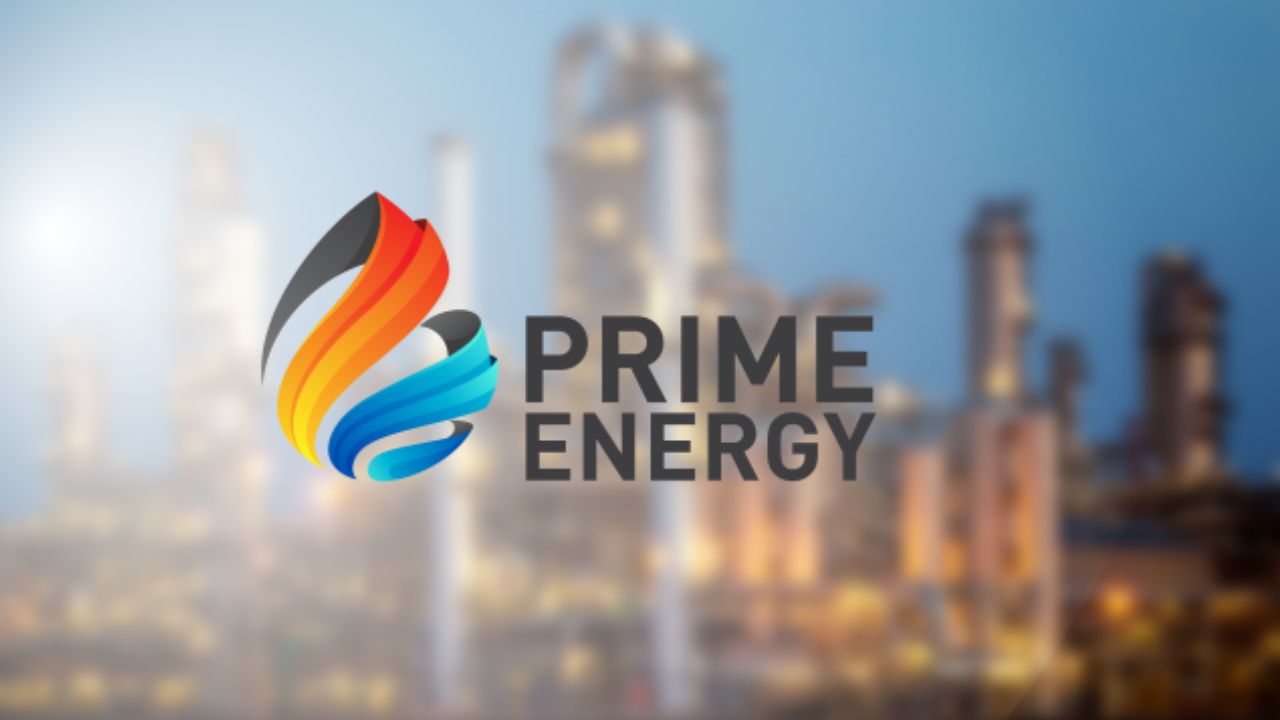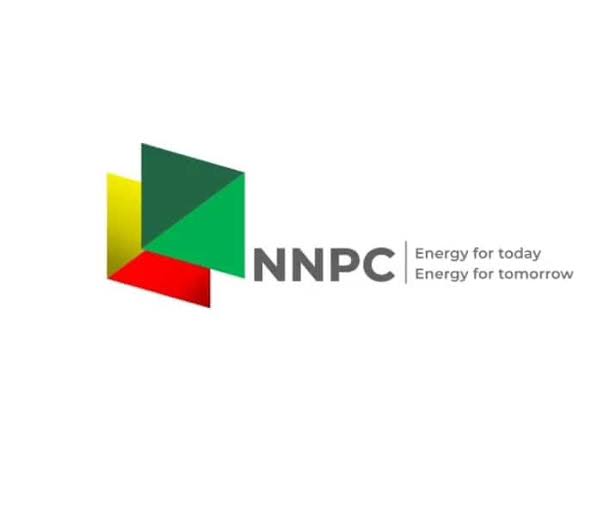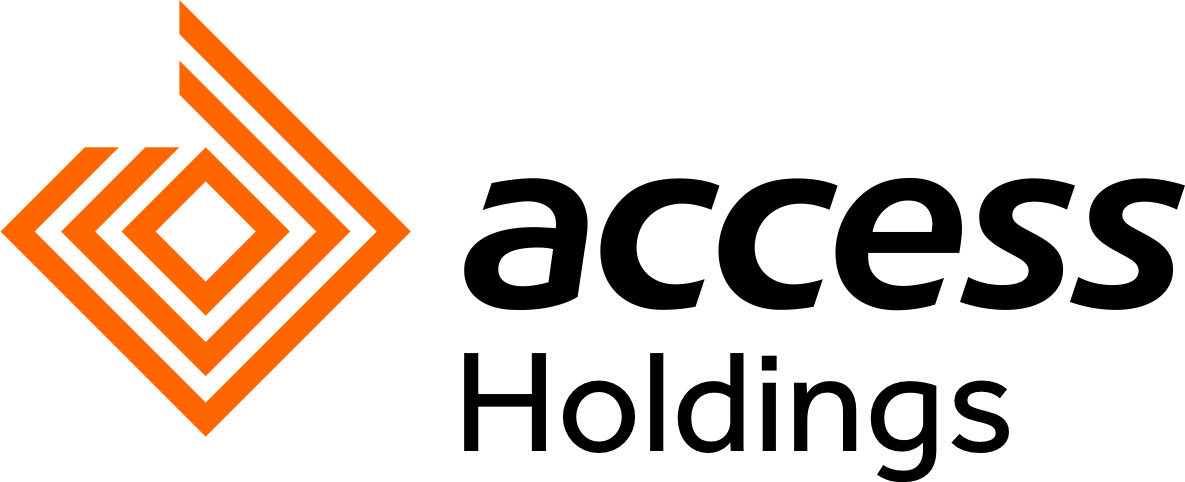
da-kuk Dear Investors, During the third quarter of 2024, the Massif Capital Real Assets Strategy was up 2.36% net of fees, with gross fees gains from the long book of 1.88% and short book returns of 0.
71%. Through the end of the third quarter, the strategy is up 12.0% net of fees, with gross of fees gains from the long book of 11.
8% and short book of 0.99%. As this letter is going out toward the end of October, it seems worth noting that with two days left in the month, we have added a further 4.
8% to the year's net of fees return, bringing our YTD to 17.5%. Siemens Energy ( OTCPK:SMEGF , ENR) was again the best returner during the third quarter, delivering a 3.
2% return for the portfolio, bringing the YTD portfolio return from ENR to 10.2%. Our tail risk hedge was the second largest contributor during the third quarter, delivering a portfolio return of 2.
1%, followed by the longtime gold holding Equinox ( EQX ) and OCI ( OTCPK:OCINF ). Enovix ( ENVX ) was our biggest earner during the second quarter, generating a portfolio return of 6.7%; during the third quarter, it led the way as our biggest loser, falling 39.
5% and generating a loss for the portfolio of 4.1%. The universe of stocks we pick from continues to underperform most major global equity indices, and the small-cap component of that universe continues to trail badly, a trend more than five years in the making.
We have outperformed the small and mid/large capitalization components of our real assert universe on a YTD, five-year, and since inception basis but trailed the mid/large capitalization component of our universe on a three-year basis. The universe's small-cap component has performed very poorly in three and five years, with annualized returns over the last three years of -11.1% and over the previous five years of -1.
7%. Portfolio Breakdown Overall, we think our performance this year has been solid. We are particularly pleased with our alpha generation this year.
Based on information from Omega Point, our risk and factor exposure data provider, our YTD returns are 92% driven by alpha and 8% driven by factor exposure. Given the elevated levels of alpha, it is unsurprising that our correlation to both relevant, comparable, and major indices is limited. Equally important, when we look at correlations within the portfolio, despite our concentration, we have benign correlations.
Our top five positions, which have averaged about 50% of the portfolio over the last two years, have a weighted average correlation to the overall portfolio returns of 0.38 and an R 2 of 0.16.
In short, we continue to earn uncorrelated returns from a diversified spread of positions within the portfolio that is internally far less correlated than one would expect given our industry concentration. The mediocre performance of our universe, especially the inferior performance of the Massif Capital Small-Cap Universe, demonstrates the value that active management can bring to the liquid real asset universe, where unthinkingly holding assets is an almost sure method of losing money over the medium to long term. The mediocre performance of the Massif Capital Small-Cap Universe demonstrates this best, with negative returns across all relevant periods.
Part of our outperformance is attributable to avoidance of Chinese markets, which represent a large part of our Universe. The Small Cap Universe underperformance is mainly attributable to the Chinese sub-segment of the universe. As a reminder, the two universe indices that Massif Capital computes for our universe represent 100% of the stocks we can invest in globally, given our investment remit, and include stocks in countries we can invest in even if we do not choose to, such as China.
If we regress a sub-index of the Massif Capital Small Cap Universe (dependent variable) vs. an index of the Massif Capital Small Cap Universe Chinese equities, the Chinese-only index explains 85% of the returns over the last five years. This is unsurprising in many regards.
As noted in other Massif Capital research, US and European corporates have been betting over the last 30 years that capital efficiency was the sole variable around which to optimize business models. This is not an outlandish idea, but it can be taken to an illogical extreme; the most capital efficient business owns nothing physical, produces nothing tangible, and, if it does, has outsourced the production to someone else. An economy organized around capital efficiency alone would have financial markets and nothing more.
Nothing is capital-efficient about mining, energy production, manufacturing, or any other real asset/real asset tangential business, at least not on an absolute scale that includes industries such as software or services. There are capital-efficient real asset businesses relative to other real asset businesses but not relative to software businesses. The fundamental shortcoming of the thirty-year drive for capital efficiency has been a failure to recognize that an absolute capital efficiency scale is inappropriate, and businesses can only effectively consider capital efficiency on an industry and business-specific basis.
China has taken the other side of the capital efficiency bet throughout the last thirty years. The authorities in China believe that hard assets and real asset businesses are not just good to own and operate as an intermediate step to some higher level of economic evolution or because of the easy financial returns possible due to Western outsourcing but because hard assets and real asset ecosystem businesses bring many valuable upstream and downstream linkages that create value. We can see this shift in mindset occurring in real-time by looking at the geographic breakdown of the Massif Capital Small Cap Universe constituents over time.
Small Cap Universe Mid/Large Cap Universe The charts show that small, mid-, and large-cap Chinese firms have surged in the liquid real asset universe. Our lack of investment in China constitutes a diversifying factor in our portfolio returns relative to our universe. It seems worthwhile to highlight that while the software is supposedly eating the world, at least according to Marc Anderson, in the real world, it is China, not software, that is eating the world.
Where Do We Go From Here?? I Don't Know...
Call China In our last letter, we outlined that a significant drawdown did not seem in the cards for 2024; such forward-looking prognostications are opinions strongly stated but loosely held; at the same time, it remains difficult to see what will derail the current US market rally. Geopolitical issues abound, economic challenges in China continue, and Europe's economy is in middling shape, but US markets are taking it all in stride, undeterred by anything. If we are looking for the next shoe to drop, and the usual signposts are not proving useful, perhaps it is because we are looking in the wrong place.
As the rise of China in our Universe Index suggests, maybe we should be looking more closely at China, where "the usual signpost" are unlikely to yield meaningful results given the entirely different construction of the economy and its international linkages. The decline of China's economy over the past three years, linked to the collapse of the property sector and weakness in local government infrastructure investment, has raised new questions about whether China is facing a structural economic slowdown—a critical question for our portfolio. China's economic growth over the past few decades has been remarkable, positioning the country as a significant global economic power.
However, recent signs suggest that this era of rapid expansion may be drawing to a close, with potentially important implications for the 2025 real asset ecosystem. Several structural challenges, particularly in the financial system, the property market, and local government debt, are poised to slow China's economic momentum. This argument builds upon the idea that China's future economic growth will be far slower than its past performance due to several interrelated factors: unsustainable credit expansion, diminishing returns on investment, inefficient financial allocation, local government debt crises, and the limitations of transitioning to a new growth model.
China's post-2008 growth is inextricably linked to its unprecedented credit expansion. The Chinese banking system experienced a dramatic increase in assets, swelling by $24 trillion from 2008 to 2016, making it the most significant single-country credit expansion in over a century; banking assets totaled a staggering $59 trillion, over three times the size of China's economy and more than 56 percent of global GDP. While credit-fueled China's rapid GDP growth, it also introduced significant fragility into the financial system, as such credit-fueled growth has always done in other economies, a lesson that must be relearned repeatedly.
In the case of China, the fundamental issue lies in the fact that much of this credit was extended based on government guarantees rather than the profitability of the underlying investments. This large-scale lending to state-owned enterprises (SOEs) and local governments resulted in the accumulation of bad loans. These loans required continuous refinancing, leading to a scenario in which financial growth became disconnected from economic productivity.
This "extend and pretend" dynamic means banks are stuck rolling over lousy debt instead of funding new, productive investments. As a result, China's financial system is now a drag on economic growth rather than a facilitator. China's banking system cannot indefinitely support the same pace of credit growth.
After the deleveraging campaigns initiated in 2016, credit growth slowed from an average of 18% from 2007-2016 to just over 9%. The reduction in credit growth has had material effects on critical sectors of the economy, notably property investment, which collapsed because of reduced access to financing. Property investment has been one of the primary reasons for China's growth, but its decline is symptomatic of a more significant structural slowdown.
Moreover, local governments, relying heavily on borrowing to fund infrastructure projects, face fiscal pressures. Local government financing vehicles (LGFVs) are saddled with debt that incurs commercial interest rates far higher than the returns generated by public works projects. This mismatch between borrowing costs and investment exacerbates the financial strain on local governments, limiting their ability to maintain previous levels of investment.
China's financial system has grown inefficient in channeling credit to productive sectors. Despite repeated calls from policymakers to direct lending toward more efficient and innovative sectors, the system remains heavily skewed toward SOEs and property-related investments. As of 2023, local governments and property developers continued to absorb a disproportionate share of credit despite Beijing's efforts to pivot away from these sectors.
China's financial system is further inefficient due to its low profitability. Chinese banks' total return on assets was a mere 0.57% in 2023.
Without significant reforms to improve financial efficiency, China's system will remain a bottleneck to sustainable growth. Attempts to clean up bad debt and recapitalize banks are unlikely in the near term, leaving the system in a state of dysfunction. The local nature of the debt represents another major impediment to future growth.
China's fiscal system is highly decentralized, with local governments responsible for a significant portion of public spending. However, the primary source of revenue for local governments—land sales—has dried up due to the collapse of the property market. As a result, local governments are struggling to service their debts, which have high interest rates through LGFVs.
These fiscal constraints limit the ability of local governments to invest in new infrastructure, further dragging down growth. Moreover, the decline in tax and non-tax revenues, from 22.1 percent of GDP in 2015 to just over 16 percent in 2024, illustrates the shrinking fiscal space available to support future economic activity.
The subsequent budgetary tightening is compounded by rising debt-servicing costs, leaving little room for expansionary policies that could stimulate growth. China's leadership knows that its previous investment-led growth model is unsustainable, yet transitioning to a new model is fraught with challenges. President Xi's proposed solution is to shift toward higher productivity sectors, such as advanced manufacturing, electric vehicles, and renewable energy.
While these sectors are poised for growth, they are unlikely to compensate for the decline in property and investment, which constituted around 40 percent of China's GDP at their peak. Even optimistic projections for the "new three" industries—electric vehicles, solar cells, and lithiumion batteries—imply a smaller relative significance to the overall economy than the property and infrastructure sectors they are intended to replace. For instance, the auto industry, including related sectors, accounted for just 8% of GDP in 2023, while solar energy contributed 2% and energy storage less than 1%.
Could these industries expand further? Yes, they could, but financing is a challenge for the reasons mentioned above, as is demand. China's strategy of maintaining manufacturing-led growth through expanding its global market share faces headwinds from geopolitical developments. The international trend of "de-risking" and diversifying supply chains away from China, driven by Western economies' concerns over dependency, will constrain China's ability to continue exporting more products to international markets.
When coupled with rising trade barriers in the global south and a newfound political resistance to China's economic model in emerging markets, further export-led growth looks challenging. Add China's continued inability to rebalance its economy toward domestic consumption, and the recipe for economic pain in 2025 seems likely. As a share of GDP, household consumption is significantly lower in China than in other major economies.
Meaningful efforts to boost domestic consumption would require significant fiscal reforms, including wealth redistribution and government transfers, neither of which appear likely under the current policy regime. Reform of the household registration system (the hukou system), which ties residency permits to employment eligibility, would also seem necessary. China's future economic growth is likely to be far slower than in the past, driven by the unsustainability of its credit-driven model, the inefficiency of its financial system, and mounting fiscal pressures on local governments.
The shift toward higher-productivity sectors, while necessary, will not be sufficient to offset the collapse in property and infrastructure investment. Moreover, global economic and political conditions limit China's ability to rely on export-led growth. Without significant structural reforms, including efforts to boost domestic consumption and recapitalize its financial system, China's economic trajectory will remain constrained.
As a result, China's growth model is at an inflection point, with slower, more moderate growth being the likely outcome. We expect this growth overhang to weigh on commodity prices and the real asset ecosystem for the next 12 to 18 months. We would be surprised if the weakness in China did not translate to increased earnings dispersion among publicly traded real asset businesses.
Management and operational excellence will become increasingly critical. Beta returns will be in short supply, necessitating good stock picking and portfolio construction to sidestep potential pain. The Portfolio Siemens Energy ( OTCPK:SMEGF , ENR) Siemens Energy has had a great run from last year's lows.
The stock bottomed out on 10/26/2023 at €6.87 and is now trading at €36.48, a 431% return.
Our position, the largest in the portfolio at 11.5%, was built with an average entry price of €11.06, yielding a total return of 229%.
The sell-side is starting to take notice, and the firm's average 12-month sell-side price is now €33 across 21 analysts, up from the 12-month price target in December 2023 of €14.58. It's a day late and a dollar short, in our opinion.
Unfortunately, the easy part of the investment is now behind us. Holding a position while management is executing and the market is positively repricing is easy. Selling decisions, on the other hand, are complex.
Our life is made easier in this regard as the stock price of ENR is now in line with our valuation, assuming a return to positive EBITDA of the firm's troubled Wind Turbine business, an event that has yet to happen and one we don't expect to come to pass until 2026. At the same time, the rise in the stock price does call for a reassessment of our price target as it is based on a sum of parts multiples analysis that utilizes multiples, and multiples have an embedded market sentiment variable. Did we read the market sentiment around the business incorrectly and apply an EBITDA multiple that was too low? It is difficult to say, if GE Vernova ( GEV ), the closest comparable, is priced correctly, then we certainly did.
GEV trades at an EBITDA multiple of 23.4x vs. ENR's current EBITDA multiple of 9.
6x. At the same time, our review of both companies suggests significant differences. For starters, GEV is a clean story with significantly lower net customer advances, lower provisions, and no obligation to buy a stake in an Indian business at a high multiple in the future.
GEV also, and in our opinion most importantly, has a higher share of revenues coming from Service (~45% in 2023) vs. ENR (~36%). Investors in the US are also very bullish on US electricity demand, driven not only by AI but also by crypto mining, onshoring of manufacturing (semi, solar, and battery production will be very energy-intensive), and general electrification.
GEV's US exposure is ~2x that of ENR. Finally, ENR has significantly lower cash generation in the next couple of years, so there is no real prospect of dividends or share buybacks in the future, at least not prudent dividends or buybacks. Can ENR address any of these issues to justify closing the multiple gap? Perhaps, but it will be difficult, and we are not optimistic in the near term.
ENR can never be a clean story as it has a messy history, so investors will always need to tussle with that reality. Furthermore, ENR has commitments to buy back a stake in its Indian business from Siemens and has a 20% shareholder (Siemens) that is intent on selling down its position. Both events will continue to weigh on the stock until they are resolved, which will take a few years.
Furthermore, there is very little ENR can do about the bullish US electricity demand narrative. It is a moment in time that is boosting the appeal of GEV to US investors looking for a way to play an invogue theme. GEV is getting a pricing bump due to the narrative, even if it has not yet translated into a fundamental basis for a valuation bump.
The positive sentiment component of the theme will disappear far sooner than ENR can expand its operations in the US. ENR can work to grow market share in the US electricity system, and they are, as we discussed in our 2 nd quarter letter, but that will take far longer than the sentiment will hold. The revenue mix is an interesting lever that the company could try to pull in the long term to increase the perceived value of earnings, but that will be a lengthy process.
We suspect the multiple premium on GEV will dissipate far sooner than ENR will be able to increase service revenue by 10%. Services revenue in the Wind Turbine segment (the most obvious place for growth in service revenue) is also becoming highly competitive. Not only are turbine manufacturers becoming highly proficient at servicing the turbines of other manufacturers (Siemens Gamesa services over 12 gigawatts of thirdparty turbines, which represents 15% of its total onshore wind portfolio under service; Vestas services 9GW of other OEM turbines), but project developers are also taking more nuanced approaches to servicing.
Developers looking to be asset owners are increasingly building in-house capabilities to lower maintenance costs. Italian wind giant Enel, for example, has an average servicing contract of just 3.5 years across its wind asset portfolio, after which it takes the responsibility in-house.
On the other hand, developers looking to sell assets, such as Swedish developer OX2, have signed servicing contracts that average 31 years, which they hope will bring certainty to the future cost of owning assets and, thus, a clearer picture of the business case as the attempt to sell the assets to institutional investors. It seems unlikely that we will see a step change in servicing revenue from wind turbines. Incremental improvements, for sure, a massive bump that changes the company's overall revenue mix, unlikely.
The Gas Turbine business is the other major source of servicing revenue. With an installed base of 7,800 turbines, Siemens turbine servicing business accounts for 60% of the Gas Turbine business revenue. Management believes it has the potential to deliver low-to-mid single-digit servicing revenue CAGR through 2026.
Still, this growth rate does not drive the revenue mix at the business much closer to the GEV revenue mix. Service contracts on new gas turbines sold in 2023, for example, only add €130 million in new revenue to the top line, a bump of only 0.4%.
It seems far more likely that GEV will get repriced lower on a lower multiple before ENR justifies trading at the 23.4x EV/EBITDA multiple that GEV trades at. While we find it unlikely that ENR will either get a ratings bump to the levels of GEV or that GEV will be able to maintain its high multiple for the next few years, an improving operating environment in Europe could produce a less significant multiple bump for ENR.
While the European economy is weak, demand for ENR's services remains robust, backed by considerable government policy and spending. That positive operating environment appears likely to strengthen further if former ECB President and Italian PM Mario Draghi's recent report on how to promote private investment and boost Europe's competitiveness and productivity is executed, as seems likely. At the plan's heart is the observation that the power bills of large European manufacturing facilities are more than twice those faced by US equivalents.
For a typical car factory in Germany, this results in incremental electricity costs of€0.5 billion per annum; for a large chemical plant, the annual cost disadvantage is as much as€1 billion per annum. Given this constraint on competitiveness, about half of the incremental investments suggested by the plan (€450 bn of€800 bn pa) are for clean energy and electric mobility.
Specifically, the plan urges the creation of a liquid corporate PPA market to sell electricity at a fixed price from renewable energy directly to industrial customers. This would, hopefully, lower the costs and the volatility of energy procurement for these users. At the same time, the plan calls for the modernization of power grids, boosting the already robust investment (at least compared to the US) that Europe is making in modernizing its grid.
If this plan is implemented, as seems likely, it could be a further boost to ENR's already industryleading grid business. We will continue to watch the situation and evaluate its potential impact on our valuation for ENR. At the same time, it seems prudent to start taking some gains on ENR to avoid repeating past mistakes resulting from an incorrect belief that momentum was on our side.
While ENR took the elevator up rather than the steps, we are not interested in running the risk of the stock-taking the same elevator down, as stocks often do. Alphamin ( OTCPK:AFMJF ) Alphamin is still among our highest conviction positions, and there is little to dislike about the company. Management has brought on two mines on budget and on time; the asset is the highest grade tin mine in the world, and despite a problematic operating environment, operations seem to run as smoothly as anyone could hope for from a mine anywhere, let alone in the Democratic Republic of Congo.
Management also increased the semi-annual dividend earlier this month from 0.03 CAD to 0.06 CAD at the current price, resulting in a 10% dividend yield on a forward-looking basis.
During the third quarter, we have partial information on performance from an interim release; the company produced 22% more tin than in the second quarter, sold 71% more tin, and booked an EBITDA of $91.5 million vs. $54 million.
Third quarter EBITDA will be about 65% to 70% higher than any previous quarter, the third quarter's result being the first full quarter with the increased production from the Mpama South expansion of the mine. The only black mark against Alphamin is their location in the Democratic Republic of Congo. Our position on the country is far from consensus; we think it is a wonderful jurisdiction.
The DRC certainly has its challenges, but not ones the right management team cannot overcome. Most importantly, every asset in the DRC that gets turned into a mine is a tier-one asset. The geological endowment of the country is second to none, and while the security risk is not to be taken lightly, and it is not easy to do business, the prizes appear well worth the risk for those willing to look more deeply.
We, of course, are not the private owners of mining operations that can happily sit back and collect free cash flow as dividends, so we must tussle with the uninformed judgments of the market in calculating our future returns. AFM has maintained a double-digit return on invested capital for three straight years and will make it a fourth when FY2024 ends. They have maintained a double-digit net income margin, save for the period 2Q2023 to 1Q2024, when the firm was building the Mpama South mine extension, and have generally maintained a double-digit free cash flow yield since original operations spun up in 2020.
Despite all of this, the company currently trades at, by our estimate, between 2.2x and 2.5x times 2024 sales and a 2024 EV/EBITDA of around 4.
2x to 4.5x. It is cheap and unloved, and we have not even touched upon the wonderful commodity backdrop it has got in the form of a tin market that has long been forgotten yet is more critical today than ever as the glue that keeps everything electronic together.
With all these good things happening, it is still far from clear the market will ever properly acknowledge the spectacular job management has done with this company. We are up nearly 200% in the position since our first purchase in 2021, but we think there is another ~150% gain before the stock reaches fair value. Call us if you know anyone with $1.
5 billion in cash lying about. We know the asset we would buy. Barring that, we hope to try and shine a light over the upcoming 12 months on some of the great opportunities currently on offer for the intrepid investor willing to venture forth into Africa and maybe, with some luck, dispel the broader market narrative of what appears to us to be an inappropriate fear of African assets.
On The Tail Risk Hedge We have long run a tail risk hedge as part of our portfolio construction methodology. It is a controversial position, and we feel the need to reaffirm our commitment to it about once a year. The third quarter of this year was a period that justified the existence of our tail risk hedge.
So, we will reaffirm our commitment now, ahead of a possible event-driven opportunity for further monetization in the fourth quarter. Some investors like the tail risk hedge, and some don't. This position generates strong feelings disproportionate to its potential portfolio drag and out of sync with our returns from the position.
The last eight years have been good for maintaining a tail risk hedge. Since the firm's start in 2016, the tail risk hedge has paid off four times, more than history suggests it should. It has been a very profitable position for us.
During the third quarter, it provided a 2% portfolio-level return on a volatility spike, and thus, the position currently has a positive return of 1.6% for the year. If you do not watch the market closely and just look at the headlines these days, you would be forgiven for thinking the markets are in rude health: record prices, relatively buoyant commodities, and corporate bonds are mostly healthy, but dig deeper, and things are a little more troublesome.
August and September, in particular, seemed a little different. During August, the VIX spiked dramatically (driving our tail risk hedge returns) and remains slightly elevated, and the MOVE index is in a similar situation, elevated relative to its 10-year history. 1 The headlines are not to be trusted.
They are not necessarily wrong, but they should certainly not be taken at face value. The cost of our tail risk hedge and how it is trading—it is an actively managed position—clearly show that others share our mistrust. It has gotten more expensive, so its notional value has shrunk.
The evidence is not just anecdotal. The Nations TailDex, a measure of the cost of using out-of-the-money SPY put options to insure against tail risk, is up 90% this year. 2 As Bloomberg recently noted, "Traders, who got blindsided when things turned violently against them in August and September, are piling into hedges.
.. shell-shocked by summer chaos.
" 3 We suspect calm is more likely than volatility for the rest of the year. The price of the tail risk hedge tends to tell us when volatility is coming, and although it clusters, the market piling into the hedge usually signals less to worry about, not more. That said, we do not know what the future holds.
History only rhymes with the future. It does not repeat. In Rudyard Kipling's poem "In the Neolithic Age," the bard of British Imperialism noted that "the wildest dreams of Kew are the facts of Kathmandu.
" This is a sentiment we think is worth highlighting now. Markets live and breathe future scenarios, but the future is uncertain, and far more is possible than we dream of. It is best to protect against the foreseeable reality that bad things will happen even if we cannot predict them.
With the upcoming US presidential election, we have another possible volatility event that could generate the types of dislocations that warrant monetizing the tail-risk hedge. U.S.
equities are close to all-time highs despite the approaching election, contrasting to prior election cycles where markets tended to be more risk-averse. This complacency is partially attributed to sustained positive market performance and investor expectations for a year-end rally. The recent rise in the odds of Donald Trump winning the US presidential election (the last week or so) has corresponded with a drop in the S&P 500 volatility premium associated with the event risk, despite polls flagging a tight race.
The market is pricing in less volatility around the event and a less volatile response to the outcome. The SPX options market is pricing a one-day index move of about 1.8% in relation to the US election, a meaningful move but not the 2.
4% move implied in recent weeks. As we noted above, the insurance cost has risen, but as the election gets closer, the spread of the possible future outcomes the market is envisioning is tightening, creating a mispricing in the left tail. We hope the election goes off without a hitch and everyone agrees on the outcome, but uncertainty around the event seems like it should be the base case.
With the VIX at 19 and SPX realized volatility below 10, the spread is in the 92nd percentile of the last ten years. Meanwhile, there are plenty of volatility catalysts in the first seven days of November besides just the election, including nonfarm payrolls (Nov. 1), the US election (Nov.
5), the next Fed meeting (Nov. 7), and ongoing geopolitical catalysts. There seems to be plenty of reasons to think that a spike in volatility on election day or after is in the cards; uncertainty is likely and may extend far beyond the period immediately surrounding the election as both parties appear unwilling to accept results that do not produce favorable outcomes.
Our tail risk hedge, a functionally long volatility position, seems as prudent as ever. As always, we appreciate the trust and confidence you have shown in Massif Capital by investing with us. We hope that you and your families enjoy the final months of summer and the start of fall.
Should you have any questions or concerns, please do not hesitate to reach out. Best Regards, William M. Thomson Original Post Editor's Note: The summary bullets for this article were chosen by Seeking Alpha editors.
Editor's Note: This article discusses one or more securities that do not trade on a major U.S. exchange.
Please be aware of the risks associated with these stocks..














